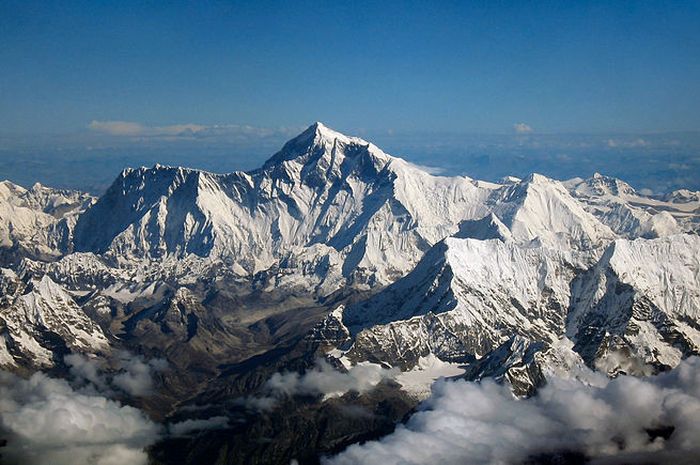Wikimedia
–
Everest, one of the mountains in the Himalayas.
–
HAI-Online.com – Breathe it turns out that it is not only done by living things such as humans and animals.
But did you know that it turns out that the Himalayas can “breathe“like humans?
There are times when the mountains in the region grow expand, but there is a time for them too shrink. Similar to the human chest cavity when inhaling and exhaling. How come?
So in principle, if we can advance our planet’s clock rapidly, which means accelerating its rotation, the earth’s surface will stretch because of the rotating activity. Continents would run across the globe, oceans would open and close, and new mountains would rise up into the sky.
However, once the mountains rise, they will also periodically sink again when the pressure from tectonic collisions triggers earthquakes.
Luca Dal Zilio, a geophysicist from the California Institute of Technology in the United States, explained that this event occurs in a cycle, like a giant rocky chest that sucks in an uneven breath.
The forces driving these cycles are complex, and nothing is more pronounced than at the 1,400-mile-long jagged peaks that make up the Himalayas.
Also Read: Asleep on an iceberg, this walrus strays to Ireland
Understanding the basics that underlie this Himalayan region is critical to understanding the local risk of earthquakes threatening the hundreds of millions of people living in the shadow of these mountains.
In a recent study paper published in the journal Nature Reviews, Dal Zilio and his colleagues have combined results from more than 200 previous Himalayan geological studies to pin down the complex mechanisms behind the mountain’s geological respiration.
Featured Videos
PROMOTED CONTENT
– .


